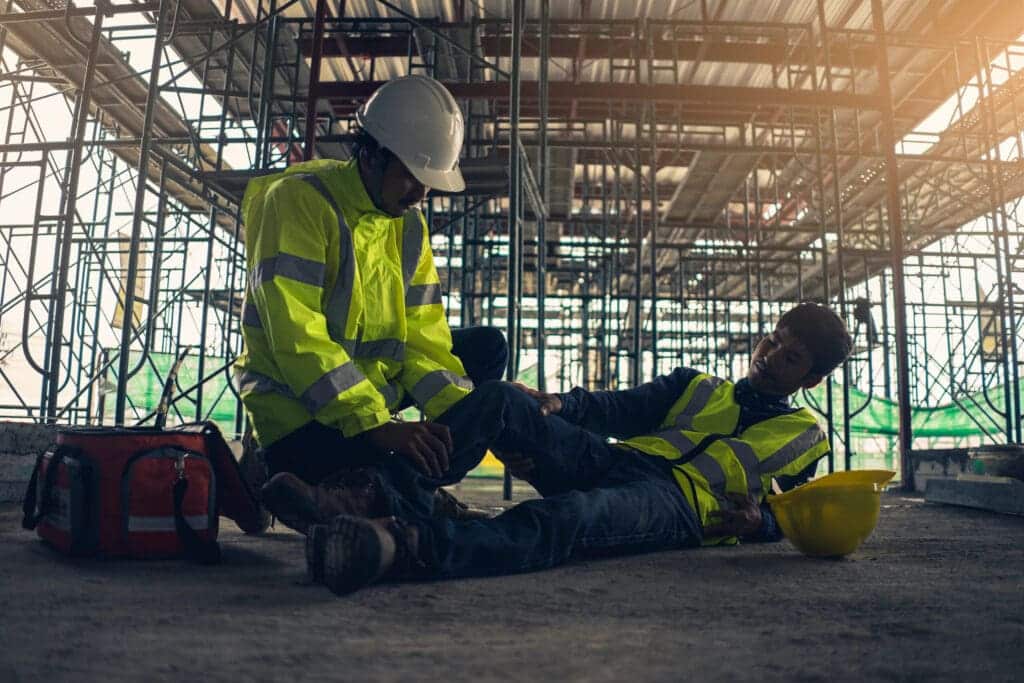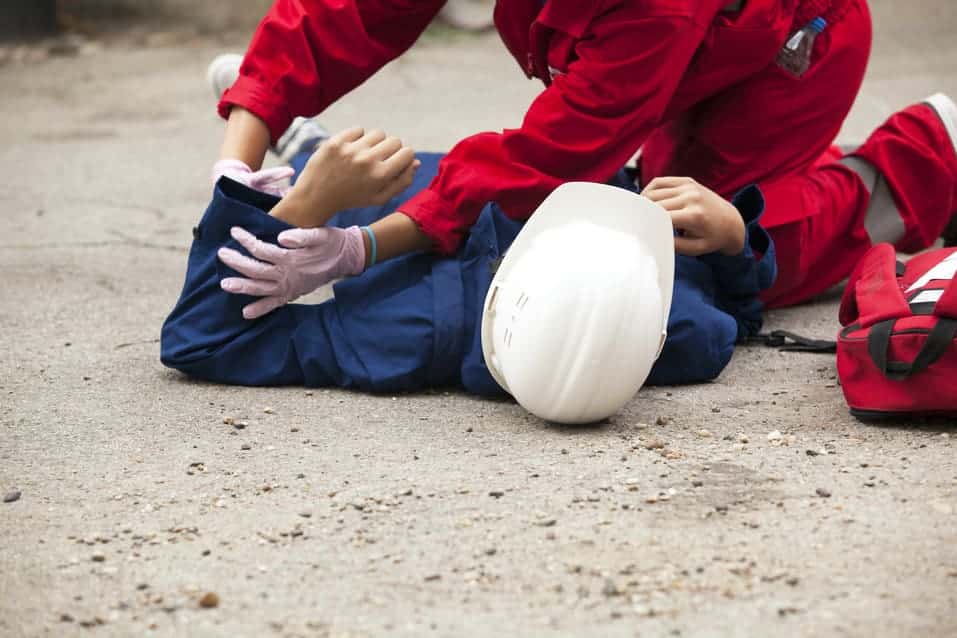Our civilization cannot function without the construction industry since it helps build infrastructure and shapes our surroundings. Workers are often exposed to a variety of risks and perils, making it a job that is inherently dangerous. Worker injuries in the construction industry can vary from small mishaps to serious mishaps with potentially fatal results. In these situations, filing a construction injury claim is essential for obtaining justice, financial assistance, and other benefits for injured employees and their families.
What is a Construction Injury Claim?
A construction injury claim is the legal procedure used by an injured construction worker to pursue financial, emotional, and bodily damages because of an accident or injury sustained while working. It is a procedure that enables employees to hold negligent parties accountable and guarantee they get the appropriate medical care, back pay, rehabilitation, and other help they might need while recovering.
General contractors, subcontractors, equipment manufacturers, or other parties whose carelessness, disrespect and disregard for safety requirements, or defective equipment led to the occurrence of the accident or damage are often the targets of construction injury lawsuits.

Why Construction Injury Claim is Important?
Construction sector workers place a great deal of weight on injury claims. This is why:
- Compensation for Damages: Serious physical, emotional, and monetary harm can result from construction accidents. Workers who incur an accident on the job can often file a personal injury claim for compensation for their losses in pay, pain and suffering, and other damages. This monetary assistance lessens the load and makes up for the losses that were endured. This type of claim is beyond a Workers Compensation claim.
- Access to Medical Care: Construction accidents frequently need continuous and urgent medical attention. Workers who pursue injury claims might obtain funding for required therapies, surgeries, treatments, and prescription drugs, beyond the benefits provided under a Labor and Industries claim. The chances of recovery are increased, and physical well-being is restored with sufficient medical care and rehabilitation.
- Accountability: Compensation suits for construction accidents make negligent parties accountable. Those negligence must be held responsible—this can include, General Contractor, Subcontractor, or equipment maker. Claims reveal safety flaws and violations, encouraging everyone to work in a safer atmosphere.
- Workplace Safety Improvements: Claims bring safety concerns to light, triggering inquiries and perhaps even changes to procedures, equipment requirements, and training. Claims aid in the prevention of future accidents and the protection of construction employees by promoting reform.
- Emotional Support and Closure: Construction injuries have long-term emotional consequences. Not only does pursuing a claim often result in monetary recompense but also in closure and validation. With their complaints heard and taken care of, employees may go on working in a safer environment..
Things to Consider About a Construction Injury Claim
Several important factors help establish a successful construction accident claim. The important factors are as follows:
- Prompt Medical Attention: Seek urgent medical attention for your injuries to prioritize your health and create a record of accident-related injuries.
- Documentation: As much as possible, compile proof to back up your claims, such as pictures, witness accounts, accident reports, and any other pertinent paperwork.
- Reporting the Incident: Inform your employer or supervisor as soon as possible about the accident and any injuries sustained to guarantee that the incident will be officially recorded in the business’ accident reporting system.
- Evidence Preservation: Keep any tangible proof, such as broken tools, to avoid tampering and to retain its significance in proving your case.
- Consult a lawyer: Get legal counsel from an experienced construction injury lawyer who can walk you through the process, assess your case, and outline your rights and options.
- Statute of limits: Recognize the statute of limitations, or the deadline for submitting a claim, to prevent missing the limitation and losing your rights.
- Insurance Coverage: As much as possible, identify the relevant insurance coverage, such as employer liability insurance or workers’ compensation, that could pay for your injuries.
- Damages Assessment: Work with an experienced attorney to determine the full degree of your losses, including the cost of medical care, lost earnings, rehabilitation, and the effect on your quality of life.
- Litigation vs. Settlement: Based on the particulars of your case, you and your attorney can discuss and decide whether pursuing litigation or engaging in settlement negotiations is the best course of action.
- Emotional Preparedness: Be ready for any difficulties and stress that might materialize while processing your claim.
How to File a Construction Injury Claim
To successfully pursue the legal and insurance processes involved with a construction accident claim here are some things to consider:
- Consultation with an Attorney: Speak with an experiienced construction injury lawyer who can evaluate your case and help you navigate the legal system.
- Investigation & Evidence Gathering: Your lawyer will carry out a comprehensive investigation, gathering evidence, speak with witnesses, and reviewing pertinent records.
- Demand Letter: Depending on how you wish to proceed, your lawyer may proceed with preparing a demand letter explaining the incident, your injuries, the associated losses, and making a demand for compensation.
- Negotiation and Settlement: To arrive at a fair and acceptable settlement, your attorney will negotiate with the other party or their insurance agents.
- Litigation: If a fair and reasonable settlement is not reached, your attorney may file a lawsuit and continue with litigation.
- Discovery: If the claim proceeds with litigation, during the discovery phase, the parties exchange relevant documents, depositions are conducted, experts are involved and court motions may occur.
- Conclusion and Decision: If the caThe court will reach a conclusion and make a decision about the amount of compensation granted.
- Trial: If the matter proceeds to trial either a jury or a judge will hear and decide the outcome of the claim.
- Appeals: If either side feels there were legal mistakes at trial, they may opt to appeal the decision or judgment.
Frequently Asked Questions (FAQs) – Construction Injury Claims
How long does a Construction Injury Claim Take?
The length of a construction injury claim might vary depending on the intricacy of the case, the severity of the injuries, and the parties’ desire to negotiate a settlement. While some cases can be concluded in a matter of months, others may need years of litigation.
What is the Average Payout for a Construction Injury Claim?
The particulars of each case determine the amount of a settlement or award for a construction accident claim. The amount of compensation is based on several factors, including the severity of the injuries, how they affected the victim’s life, medical costs, lost earnings, and potential future damages. In addition, the facts of the incident causing injuries and damages play a role in a settlement or verdict.
It is not possible to give an average amount because compensation for each case depends upon the unique factors of a claim. To determine the potential value of your claim, you must consult with an experienced construction claim attorney.
Free Accident Claim Consultant Available
Contact Coluccio Law now for a free consultation! Kevin Coluccio has over 35 years of experience handling construction site injury claims. We can walk you through the steps of pursuing a construction site injury claim. It is important to consult with an attorney as soon as possible in order to obtain facts and evidence to support your claim.
Recommended Article: How Long After an Accident can you File a Claim




